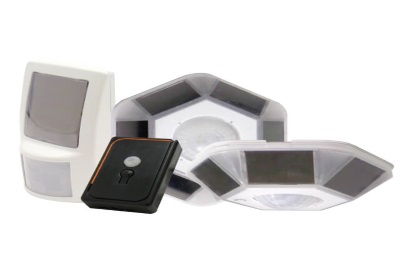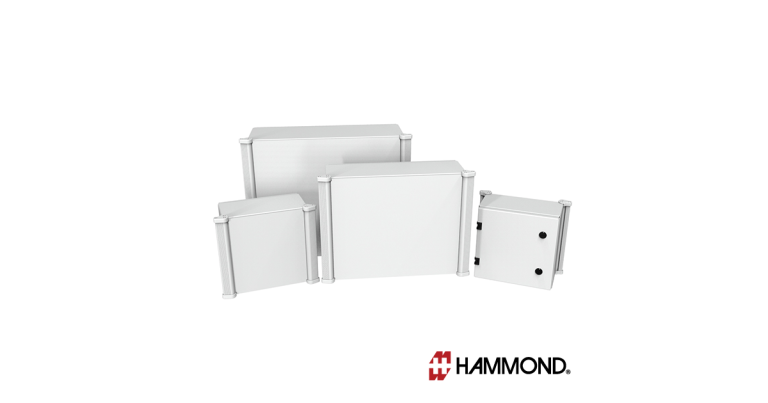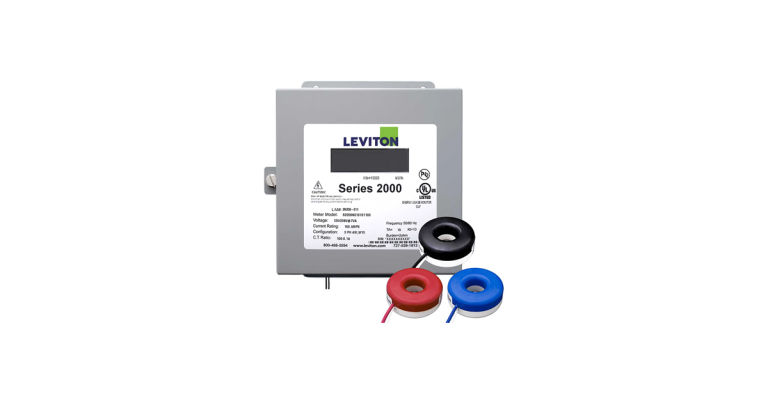Standard Products Inc’s occupancy sensors

For those areas that only receive sporadic traffic occupancy sensors ensure that the lights are only on when needed. The sensor eliminates the need for human interaction with the lighting system, and gain help in potential energy savings up to 45%.
Standard’s occupancy sensors use Passive Infrared technology (PIR), which detects body heat in motion to trigger activation. Collector beams from the sensor lens scan the area constantly, turning on the lights when occupancy is detected. PIR technology is line-of-sight only; therefore, when installing the sensor, it is important to ensure nothing obstructs the view of the lens.
These devices are battery-free and harvest energy through photovoltaic cells; they can hold a full charge for up to 150 hours; this means that the sensors will continue to operate for over 6 days without any light in the room.
The sensors offer you 4 unique tests which help you measure light level input, signal strength, proper placement and sensitivity adjustment. These tests ensure you install the sensor right the first time around!
- Light Level Test
- Range Confirmation Test
- Walk Test Mode
- Sensitivity Adjustment Mode
For more information:
http://www.standardpro.com/featured-product/occupancy-sensors/










![Guide to the Canadian Electrical Code, Part 1[i] – A Road Map: Section 52 — Diagnostic imaging installations](https://electricalindustry.ca/wp-content/uploads/2022/11/Guide-CE-Code-2.png)






